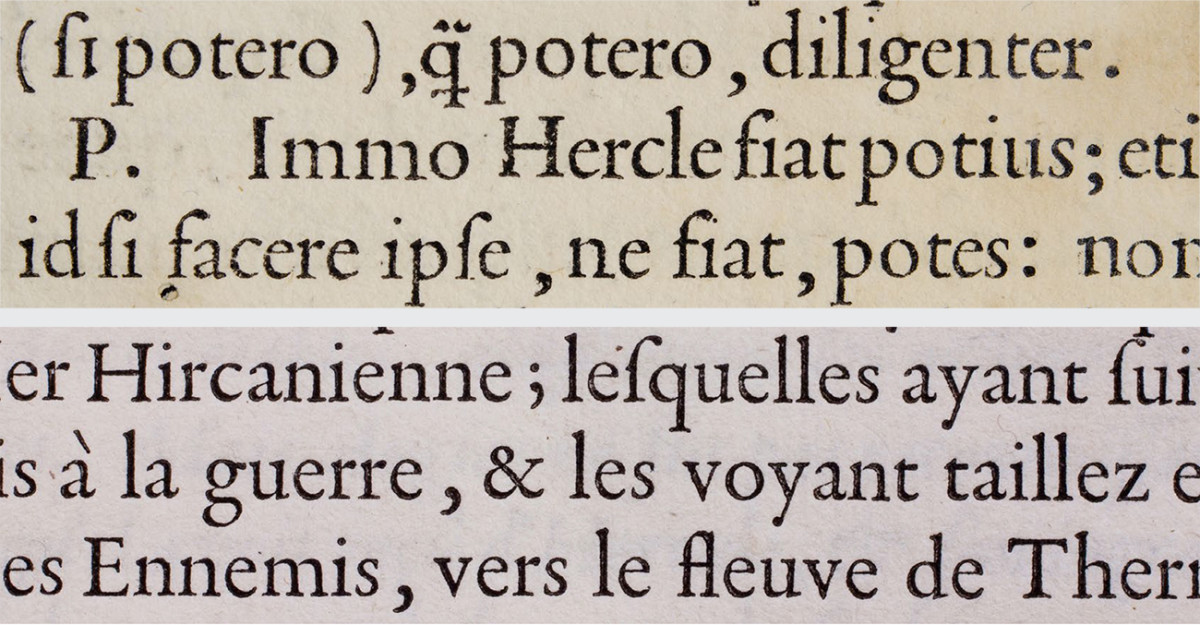
ISBN 9-2.Ĭentaur (disambiguation) - Centaur may refer to:* Centaur, a mythological creature * Centaur, a 20th century serif typeface based on Renaissance models * Centaur Technology, a CPU design company * Centaur (minor planet), a minor planet orbiting between Jupiter and Neptune… … WikipediaĪnatomy of a Typeface - is a book on typefaces written by Alexander Lawson and First published in 1990 by David R. "Printing Types Their History, Forms and Use." Dover Publications, Inc: 1937, 1980. "Revival of the Fittest: Digital Versions of Classic Typefaces." RC Publications: 2000. "Typographic Specimens: The Great Typefaces." Wiley: 1993. *Lawson, Alexander S., " Anatomy of a Typeface". "Typography: An Encyclopedic Survey of Type Design and Techniques Through History." Black Dog & Leventhal: 1998. *Fiedl, Frederich, Nicholas Ott and Bernard Stein. "20th Century Type." Yale University Press: 2004. Rogers later added the Roman lowercase, and the italic, based upon Ludovico Arrighi’s 1520 chancery face, was drawn by Frederic Warde, and is the typeface released for general use in 1929 by the Monotype Corporation Ltd. The 1929 typeface Bembo, is based primarily upon that specimen.

Centaur also shows the influence of types cut by Francesco Griffo in 1495 for a small book titled "De Aetna" written by Pietro Bembo. Rogers' primary influence for the Roman was Nicholas Jenson's 1475 "Laertis," considered the model for the modern Roman alphabet. The typeface is based upon several Renaissance models. For more information visit this page.Centaur is an old style serif typeface originally drawn as titling capitals by Bruce Rogers in 1914 for the Metropolitan Museum of Art. This typeface is also available within Office applications.
#Griffo bembo typeface 1495 talic software
#Griffo bembo typeface 1495 talic movie
In more modern settings it has a place in movie and book titling, as well as representational texts. The Bembo font family lives on as tribute to the superlative typographical efforts of Stanley Morison.īiblical scholars, linguists, medievalists and classicists have all found use for the Bembo font family.

Morison was influential in a number of areas of typography, pioneering the creation of a large number of typefaces for Monotype. He also consulted for the London Times newspaper, creating the typeface Times New Roman® in a successful effort to improve the paper’s readability. Morison, a well-respected English typographer, was a typographic consultant to the Monotype Corporation. Morison’s Bembo design was released for typesetting in 1929, whose redesign was the result of adapting the Bembo typeface to the machine composition and typesetting requirements of the day. Notably, the ascenders of the lowercase lettering are taller than the uppercase also the c is slanted forwards and there is a returned curve on the final stem of the m, n and h. The calligraphic style that the serifs pronounce imparts a warm human feel to the typeface. In fact, the characteristics of many other well known typefaces such as Garamond® and Times® Roman can be traced back to the Bembo typeface. The resulting typeface which was a departure from the common pen-drawn calligraphy of the day, and looked more similar to the style of the roman typefaces we are familiar with today.

In the case of the Bembo typeface, Griffo could not have known how important in the history of typeface design his new cut would be. A punchcutter was a very skilled job and the their interpretation of a typeface design would be what was eventually printed typeface designers had little input into the punchcutter’s work once their design had passed out of their hands. The Bembo typeface was cut by Francesco Griffo, a Venetian goldsmith who had become a punchcutter and worked for revered printer Aldus Manutius.īeing a punchcutter meant that Griffo spent his days punching out the shape of a typeface into steel. The typeface originally used to publish Pietro Bembo’s book “De Aetna”, a book about Bembo’s visit to Mount Etna. The Bembo design was named after notable the Venetian poet, Cardinal and literary theorist of the 16th century Pietro Bembo. The original Morison typeface contained only four weights and no italics.

The Bembo® design is an old-style humanist serif typeface originally cut by Francesco Griffo in 1495 and revived by Stanley Morison in 1929.


 0 kommentar(er)
0 kommentar(er)
